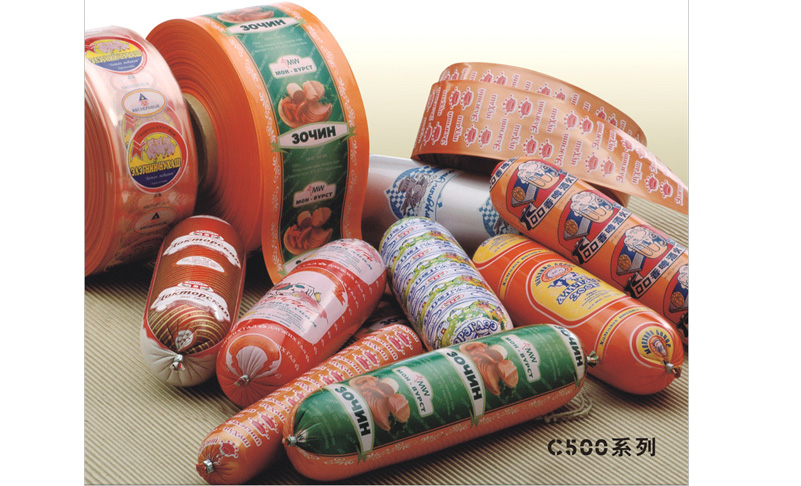
Many people wonder what's in a sausage, and because there are so many different types and shapes, there is a lot of confusion about sausage casings. For example, the types of casings used for hot dogs, pepperoni and summer sausages are completely different. So what are sausage casings made of? There are four main types of casings:
1,Natural casings made from animal intestines
2,Collagen casings made from beef collagen
3,Fibrous casings made from colored filament paper
4,Cellulose casings made from viscose fibers
The most popular casings are made from the intestines of cleaned animals, most notably pigs, sheep and cattle. These are called "natural casings" and the most common is the 32-34 mm pig casings. This is the casing used to make sausages such as Bologna.
Natural casings come in a variety of diameters. Lamb casings are small in diameter and are used for breakfast connections with sausages and snack bars. Beef casings are larger in diameter and are commonly used for sausages such as Bologna and salami. Natural casings are the only casings that can form curved chains.
Collagen casings can be removed directly from the bag, whereas natural casings must be wrapped and rinsed thoroughly before use. In addition, while natural casings need to be cured and stored in the refrigerator to prevent spoilage, collagen casings are a stable product. Collagen casings should also be used for sausages that do not have casings.
The disadvantage of collagen casings is that the links are perfectly straight and must be untied. When I make sausages with collagen casings, I often use twine to hold the links in place. I also think that when you bite into the collagen casings, they don't "pop" as much.
Fiber casings were invented in the 1930s and were made of coated filament paper. These casings are always inedible and come in clear or mahogany colors.
These casings are large in diameter and are often used as a substitute for natural beef casings. The main advantage of fiber casings is that they are very strong and allow you to wrap your sausage tightly without fear of bursting.
Cellulose is a plant-based, inedible polysaccharide that is the most abundant polymer on earth. Cellulose casings are easy to remove and designed for mass automated production.
The most common use of cellulose casings is to produce skinless hot dogs. Here is a great video showing how to make hot dogs using cellulose casings and high speed automation.
Cellulose skins are made by treating cellulose fibers with caustic soda and other chemicals to make a material called viscose. The glue is then converted into what is called a cellulose enteric coating.
If you need any assistance, please contact the sausage casing manufacturer. SHENGMAO gives you all you want.